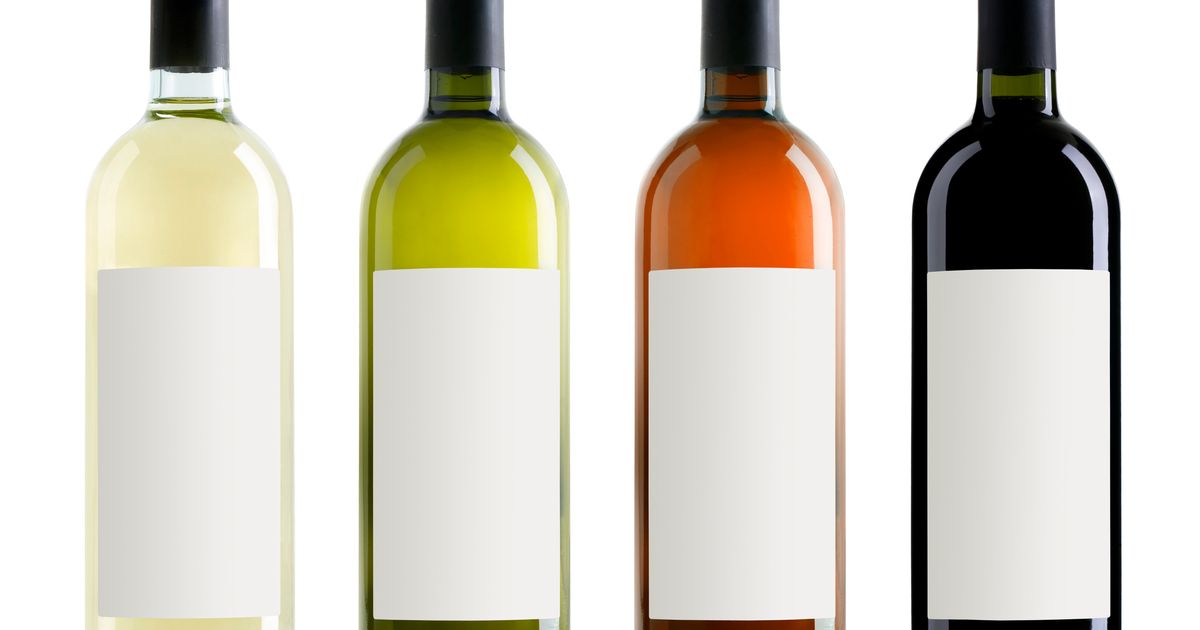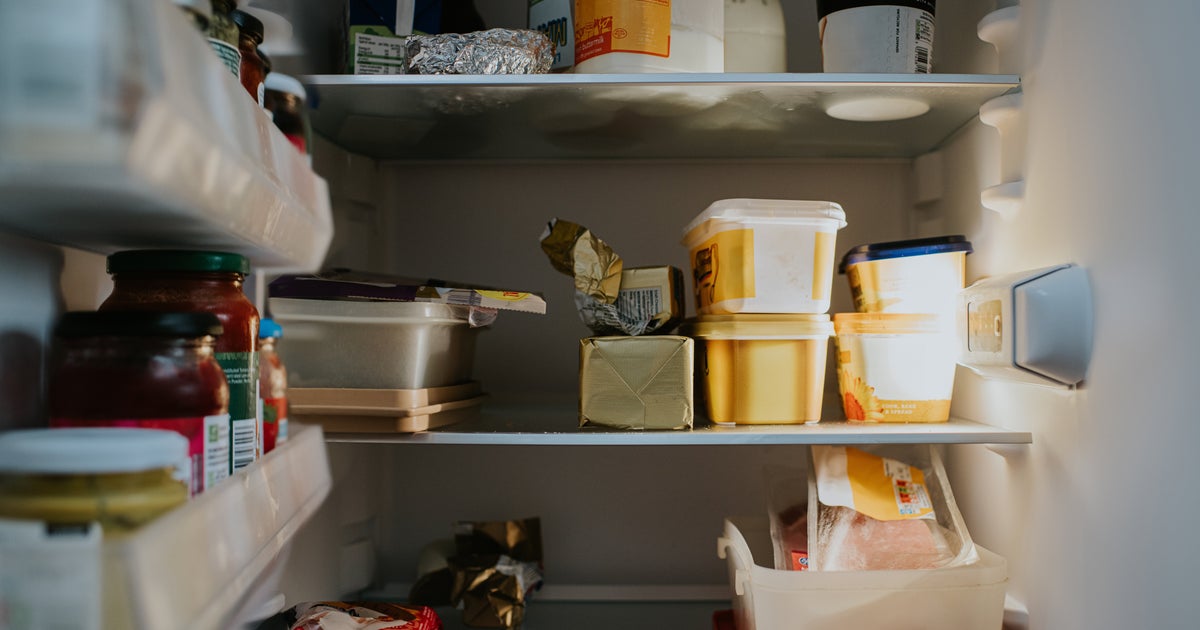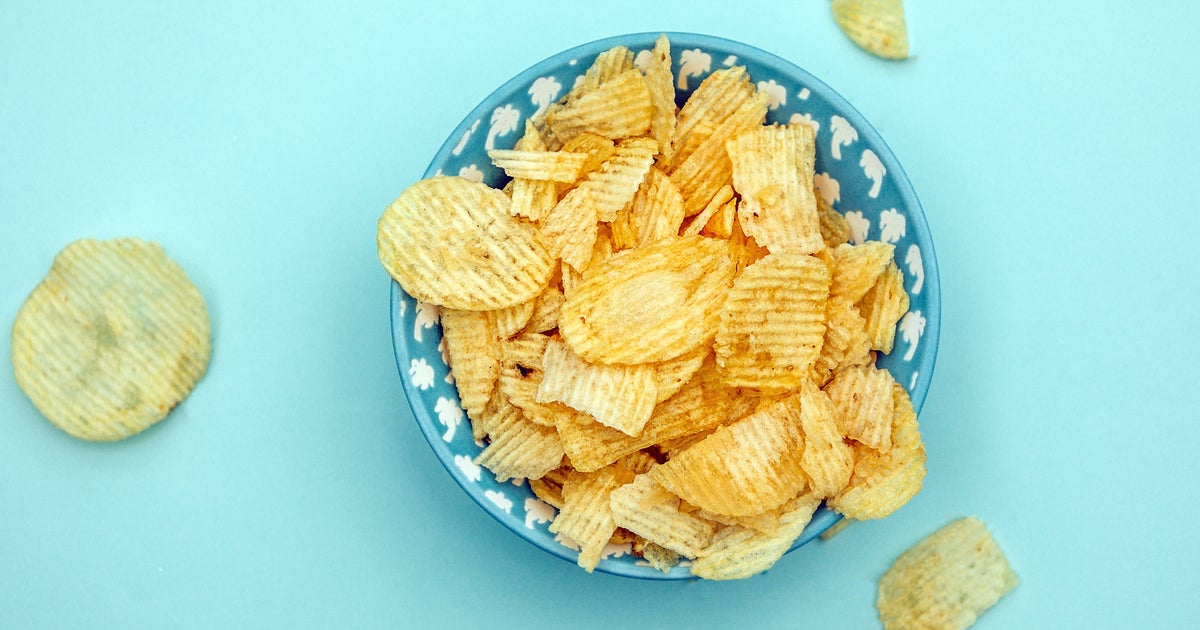The sommelier is heading over to your table and you panic, jabbing your finger on the second-cheapest bottle. Someone gives you a good bottle of red wine, and you decide to store it in the closet for the day you finally retire. Or you’re at a party and someone hands you a bottle of Champagne, so you give it a good shake and point it into the crowd. Are these great ideas or egregious errors? Experts know, and they have thoughts.
We asked winemakers, wine sellers and sommeliers to tell us the biggest misconceptions they notice among us non-wine-world civilians. Follow their advice, and you’ll never hyperventilate at the approach of the sommelier again.
Let’s start addressing the myths …
1. The more money you spend, the more delicious the wine will be.
(False)
“Don’t think that paying more means you’re getting better wine,” said Rodolphe Boulanger, vice president of wine merchandising at Total Wine & More.
Many factors go into the pricing of a bottle of wine, including quality, availability, demand and production cost. According to BinWise, a wine industry beverage management platform, retail wine prices are typically marked up 50% over wholesale prices. So, a wine that costs $7 from a wholesaler will be about $11 at a wine shop, it notes.
But with so many variables at play, some less expensive wines can taste terrific, and there are many hidden gems to be found. “One of my favorite wine experiences in the past month was enjoying a $12 French Pinot Noir from Cambos Feret,” Boulanger said. “It surprised me by overdelivering on quality.”
2. Follow the wine critics’ ratings and scores, and you’ll always get a wine you like.
(False)
Wine critics and publications usually use a 100-point wine rating scale, so a wine rated 80 is considered good, and one rated at 95 or higher is exceptional.
But, as with reviews from any subjective critic — such as in the realms of food or theater — those numbers represent informed opinions, not absolute facts. “The concept of critics’ ratings and scores can create a false sense that there’s only one true hierarchy of wine, or that a 100-point wine is objectively the best,” Boulanger said. “Ratings can be helpful when making a selection, but sometimes what’s more important is what you and your guests like.”
3. You shouldn’t put ice cubes in wine to chill it.
(True)
“No judgments, but if you truly want to enjoy a wine the way the winemaker intended, ice isn’t a good idea,” said Dana Spaulding, level 2 sommelier and CEO of single-serve wine brand Wander + Ivy. “Ice cubes will dilute the wine and water it down.”
There are other options, she said. “A trend I’ve been noticing is keeping wine glasses in the freezer before serving, which is not only a smart idea, but very Instagrammable,” she added. “I also love the idea of using frozen whole grapes instead of ice cubes. As they thaw, they won’t change the composition of the wine.”
4. You should always store leftover wine in the fridge.
(True)
“The fridge is a good place to store any wine leftovers, because cooler temperatures slow down chemical processes, including oxidation,” said Michelle Feldman, level 1 sommelier and co-founder of Good Clean Wine. “A re-closed bottle of red or white wine, refrigerated, can stay relatively fresh for up to five days.”
If you’re thinking red wine shouldn’t go near the fridge, you can let that idea go, because leftover red actually does fine under chilly conditions. “Storing opened and recorked red wine in the refrigerator doesn’t alter its profile,” Feldman said. “While the cool temperature can’t prevent oxidation, it significantly slows the process. It’s standard practice among restaurants, sommeliers and winemakers to store wine this way.” Even better, she pointed out that your leftover reds won’t need to be brought to room temperature before serving. “Once poured into a glass, refrigerated red wine will quickly reach the desired temperature,” she said.
MarkSwallow via Getty Images
5. Wine never spoils.
(False)
Spaulding noted that, especially in warmer months, you should bring any wine bottles into the house as soon as possible. “Once wine is above 70 to 75 degrees F, it will start to spoil, which means, in the case of wine, that it will start to turn to vinegar,” she said. So, don’t stop by the wine shop and then keep the bottle in your trunk all day while you run errands.
6. It’s a great idea to store a bottle of wine for a ‘someday’ occasion.
(False)
“Unless you’re buying a specific wine that’s meant to be aged, don’t save your wine,” Feldman said. “Not all wines get better with age, and most wines should be opened and enjoyed now, or within a year of purchasing. Sparkling wines are meant to be enjoyed fresh, so go ahead and pop the bottle now. Still wines tend to reach peak maturity around two years after bottling.”
Feldman pointed out that only 1% of all wine produced is intended for aging, so very few bottles actually benefit from the process. “Generally, wines with high acidity, tannins, sugar and alcohol content such as fortified wines, as well as complex premium wines, benefit from aging,” she said.
7. You should only drink Champagne from a flute.
(False)
Cameron Nadler, whose Instagram handle is “everyday_sommelier,” is wine director for New York’s Zero Bond and Sartiano’s at The Mercer. He said a flute is not required when you’re popping a bottle of fizz. “A good all-purpose wine glass is a great vessel for drinking champagne, because it really allows you to get all the flavors and experience the wine as the producer intended,” he said. “Champagne flutes are not a thing of the past, but I do find that it’s better to drink Champagne from a larger glass.”
8. Red wine should be served at room temperature, and white wine should be ultra-chilled.
(Mostly true, but a little bit false)
There’s a little more to it.
Florent Latour is CEO of Maison Louis Latour, a merchant and owner of red and white wines in Burgundy, France, which has been independent and family-owned since 1797. “The proper temperature to serve red and white wines is often misunderstood, and people serve red wine too warm or white wine too cold, which can dull the flavor of the wines,” he said. “I’d recommend chilling red wine for 20 minutes before serving. On the other hand, pre-chilled white wines should be taken out of the refrigerator about 25 minutes before serving for optimal enjoyment.”
9. Red wine pairs with meat; white wine is for fish.
(False)
Nope. “A common mistake people make is overthinking their food and wine pairings, or being a little too by the book,” said Linda Trotta, director of winemaking at Bread & Butter Wines and vice president of global winemaking and sourcing at WX Brands. “If done correctly, you can enjoy a red wine with seafood or a high-end Champagne with fast-food french fries.”
10. The best way to open sparkling wine is with a big sports-celebration-type fizz-fest.
(False)
Latour said there’s no need for the dramatic pop and subsequent gusher. “As fun as that may sound, it results in a huge, messy spray and, most importantly, a loss of wine,” he said. “When it comes to removing sparkling wine corks, I’d recommend carefully holding the cork and then slowly rotating the bottle with a kitchen towel covering the top of the bottle. This way, you’ll still hear the satisfying ‘pop,’ but you won’t make a mess.”
11. The sommelier is there to bully you into an expensive choice.
(False)
“I think our jobs as sommeliers is to teach guests some of the basics so they understand next time they’re ordering,” Nadler said. “I would never try to make a guest feel like they don’t know what they’re talking about, and there’s always a nicer way to teach them than to just clearly state, ‘You’re wrong!’”




